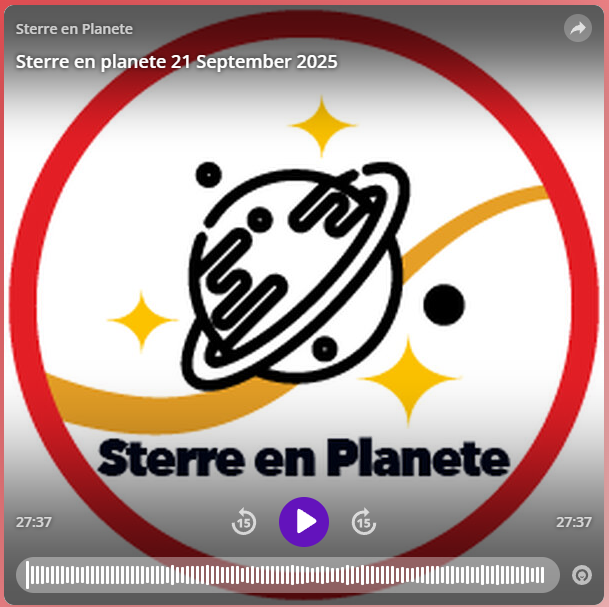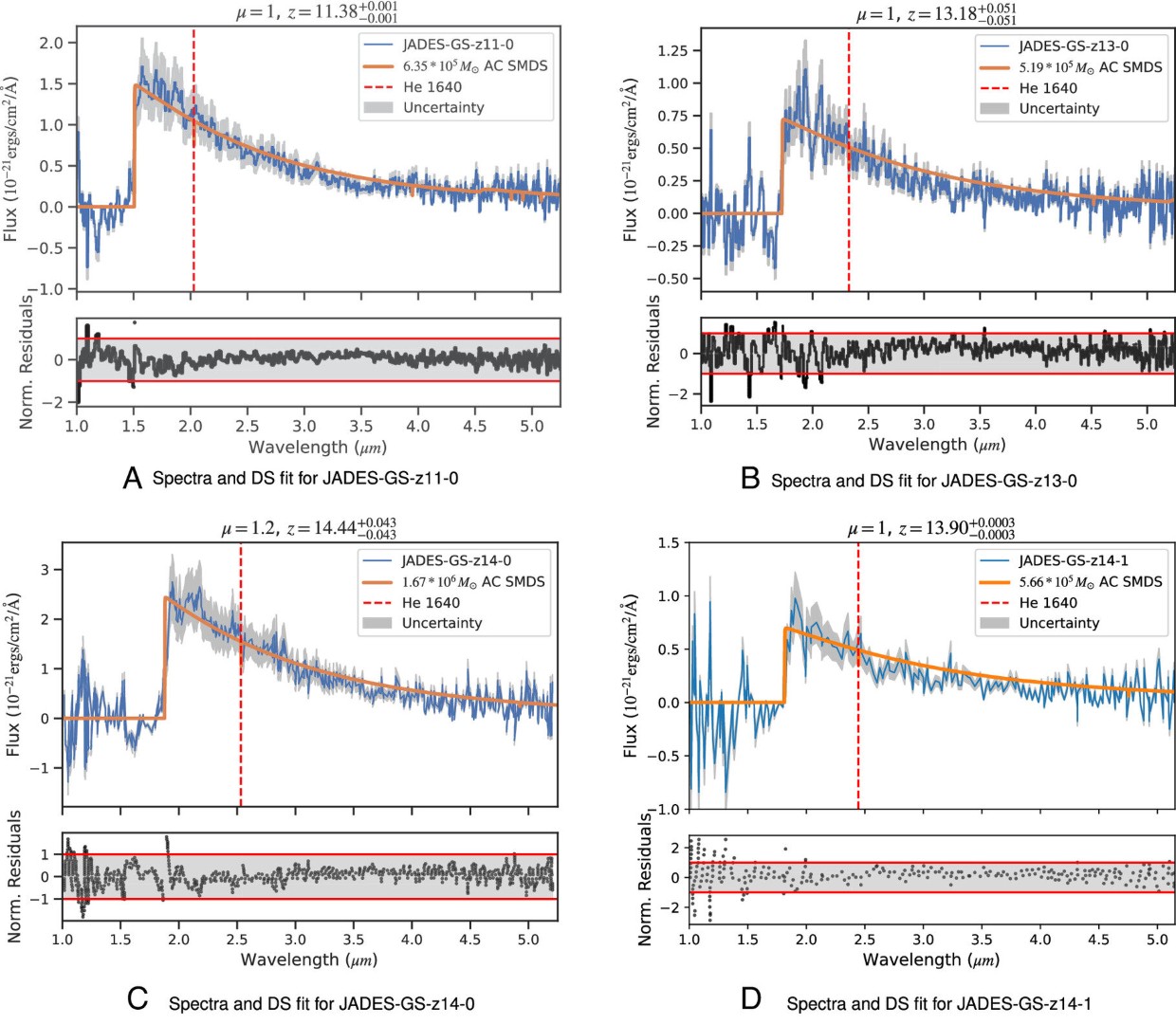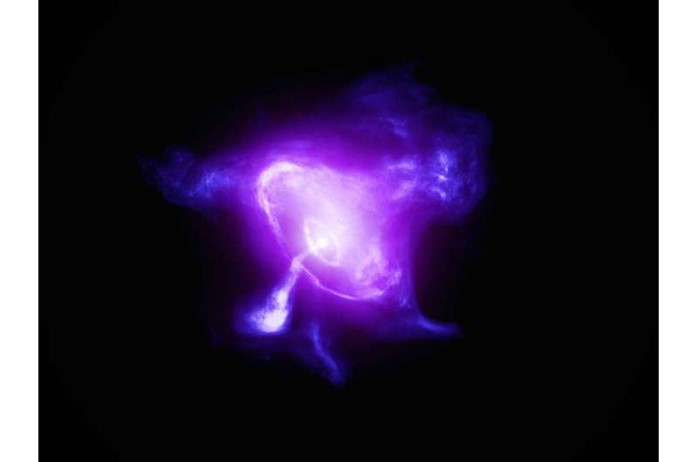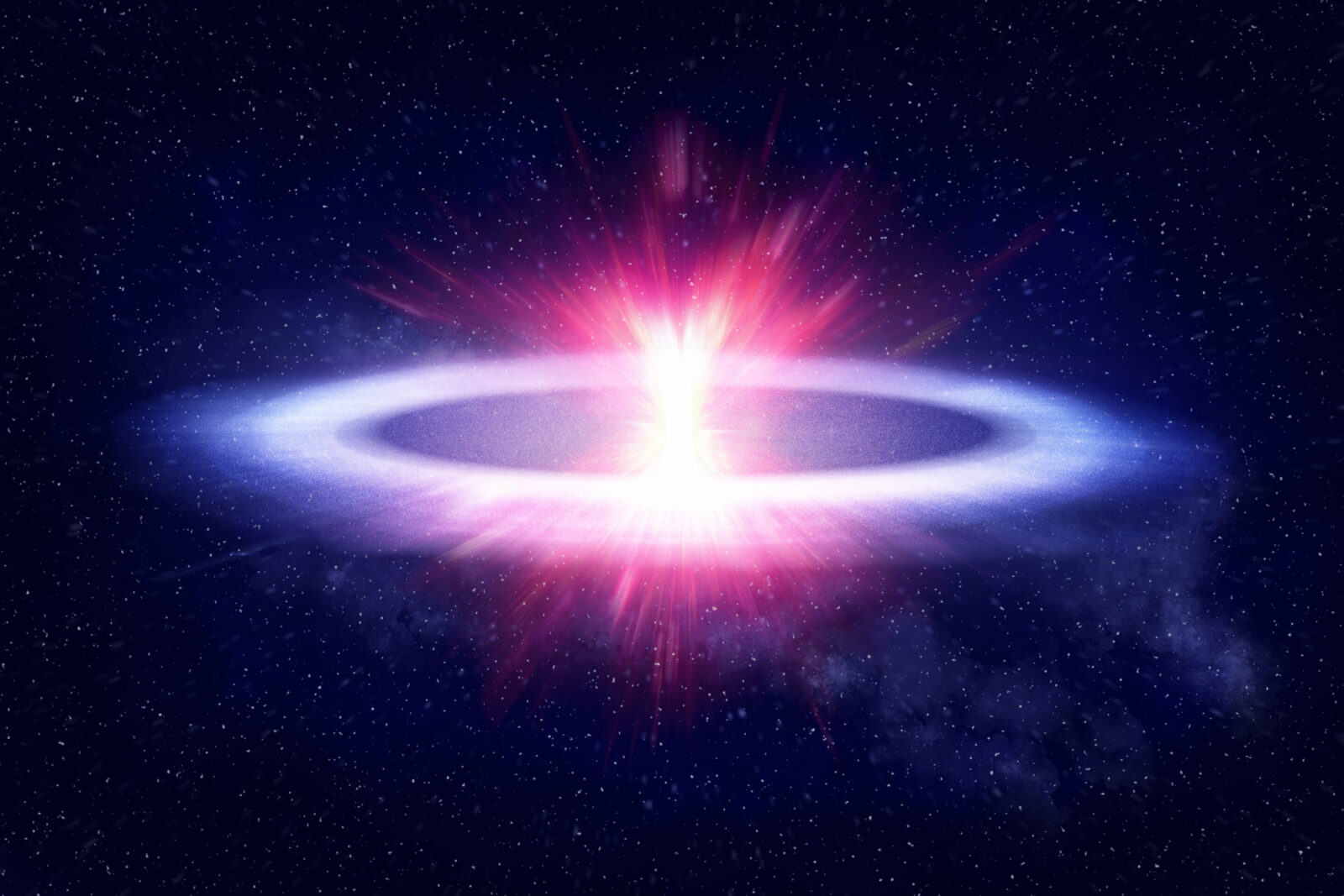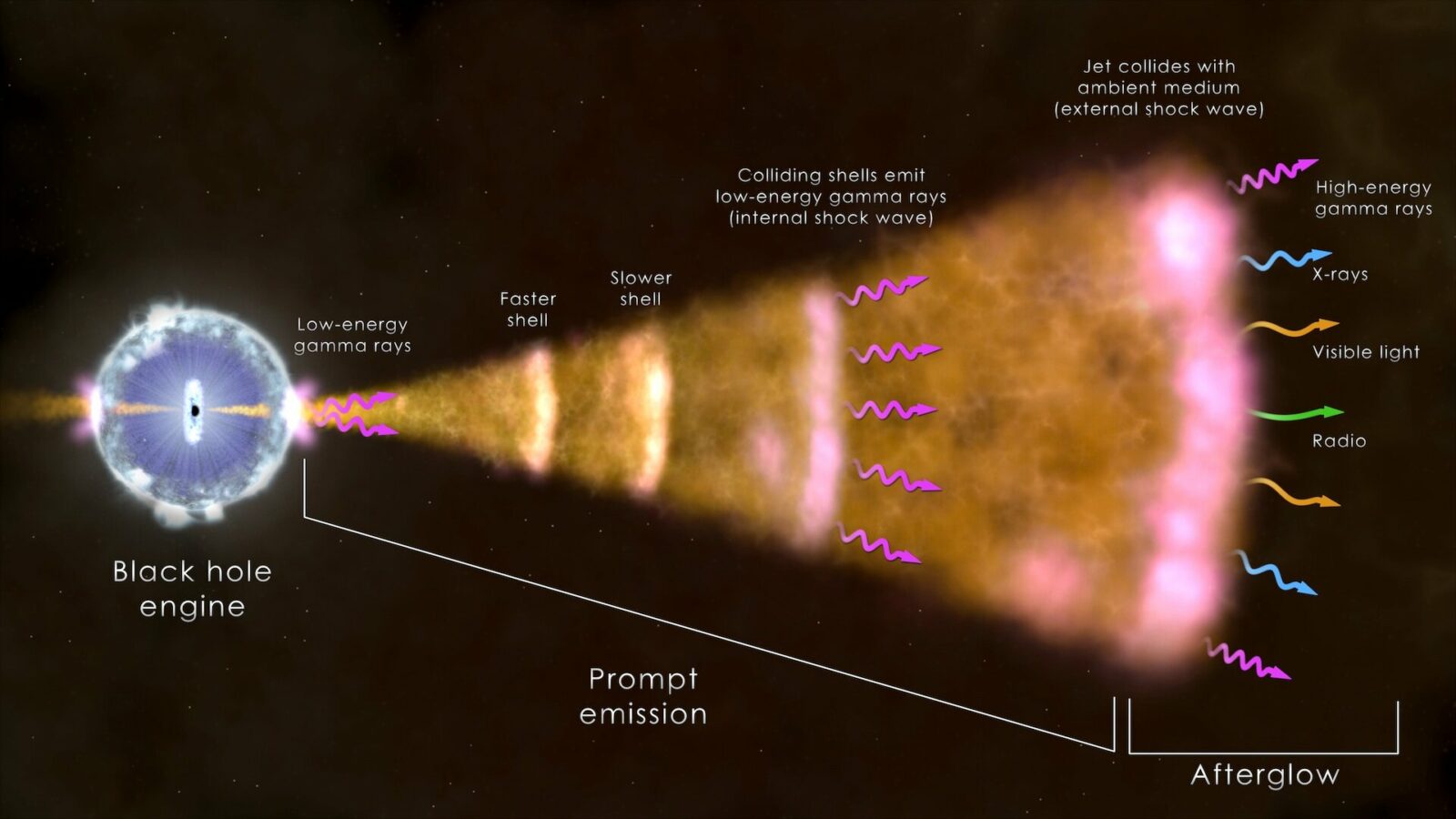Sterre en Planete radio podcast of 21st September 2025 – interview by Willie Koorts with Dr Pierre De Villiers
On Sunday evening Willie Koorts had a fascinating half hour interview with Pierre De Villiers, outlining his part in the establishment of the Hermanus Astronomy Centre and many of its interesting and unique projects and outreach activities over the years. Click here to listen to the podcast: Sterre en Planete Podcast Also, here is a …

